Driver-facing cameras are used by trucking companies to enhance safety, improve driver training, and manage insurance costs. They are integrated by major fleets like Schneider National, J.B. Hunt, and Swift Transportation.
Introduction:
Driver-facing cameras are increasingly becoming a staple in the trucking industry. These cameras, mounted within the cab of trucks, offer a range of benefits from enhancing road safety to improving driver training and reducing insurance costs.
Understanding which trucking companies utilize this technology and how it impacts their operations is crucial for both fleet operators and drivers.
Benefits of Driver-Facing Cameras:
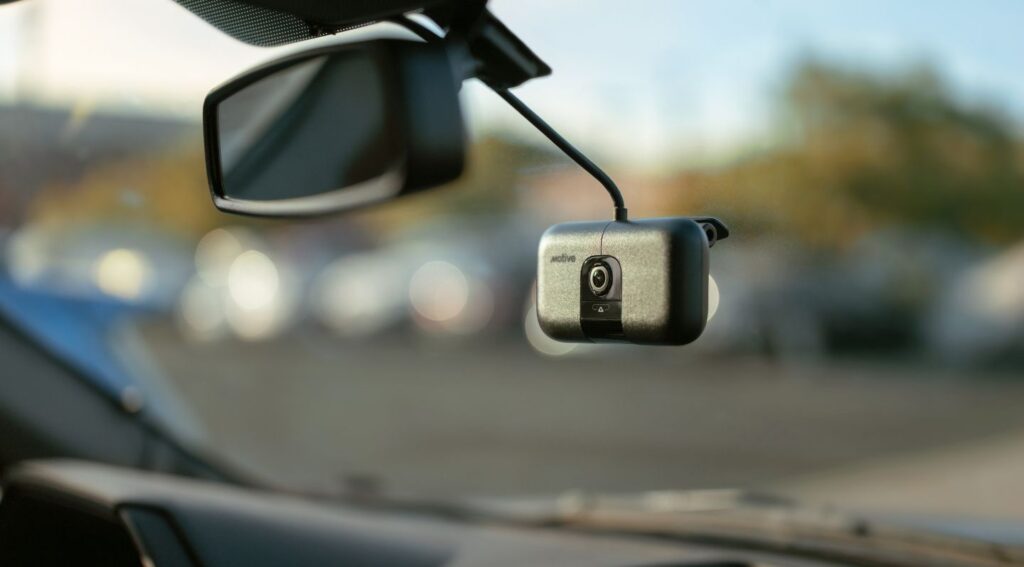
Enhanced Safety:
Driver-facing cameras are pivotal in enhancing road safety. They continuously monitor drivers’ behavior and can detect signs of fatigue, distraction, and reckless driving.
By analyzing footage, companies can identify risky behaviors and intervene before accidents occur. This proactive approach helps in reducing accident rates and ensuring safer roads.
Improved Training and Coaching:
Footage from driver-facing cameras provides valuable insights into driving habits and performance. This data is used to offer targeted training and coaching to drivers, focusing on areas where improvement is needed. Enhanced training programs contribute to better driving practices and overall fleet safety.
Insurance and Liability Management:
One of the key benefits of driver-facing cameras is their role in managing insurance claims and reducing liability. In case of an accident, the recorded footage serves as critical evidence to clarify the circumstances, potentially resolving disputes quickly and reducing insurance premiums. This transparency is beneficial for both the company and its drivers.
Major Trucking Companies Using Driver-Facing Cameras:
Several major trucking companies have adopted driver-facing cameras as part of their safety and operational strategies. Here are some notable examples:
Schneider National:
Schneider National is a leading player in the trucking industry that employs driver-facing cameras to monitor driver behavior and enhance safety. The company’s commitment to using this technology reflects its dedication to reducing accidents and improving driver performance.
J.B. Hunt:
J.B. Hunt integrates driver-facing cameras into its fleet management systems. This technology supports the company’s efforts in driver coaching and safety improvements, contributing to more efficient and secure operations.
Swift Transportation:
Swift Transportation utilizes driver-facing cameras to ensure high safety standards and efficient operations. The company leverages the footage to support driver training and to address safety concerns proactively.
CR England:
As a prominent refrigerated trucking company, CR England uses driver-facing cameras to maintain safety and improve training programs. The footage helps the company ensure that its drivers adhere to safety protocols and perform their duties effectively.
Werner Enterprises:
Werner Enterprises has adopted driver-facing cameras to monitor and improve driving behavior. The company values this technology for its role in enhancing driver training and reducing accident rates.
Also Read: Do Ring cameras Still Record Without Wifi – Exploring Connectivity Limitations!
How Driver-Facing Cameras Work?
Driver-facing cameras are installed on the dashboard or windshield of a truck and are designed to continuously record the driver’s actions. These cameras monitor several aspects of driving behavior, including:
- Distraction Detection: Identifies if the driver is looking away from the road or engaging in non-driving activities.
- Fatigue Monitoring: Detects signs of drowsiness or irregular driving patterns that may indicate driver fatigue.
- Safety Compliance: Ensures adherence to safety regulations and protocols by capturing real-time footage of the driver’s actions.
The data collected is reviewed by fleet managers to provide feedback and implement corrective measures, improving overall driver performance and safety.
Privacy Concerns and Regulations:
The implementation of driver-facing cameras raises important privacy concerns. It is essential for companies to balance the need for monitoring with respect for driver privacy.
Regulations and industry best practices are continually evolving to address these issues, ensuring that the use of such technology is ethical and compliant with legal standards.
Technological Advancements in Driver-Facing Cameras:
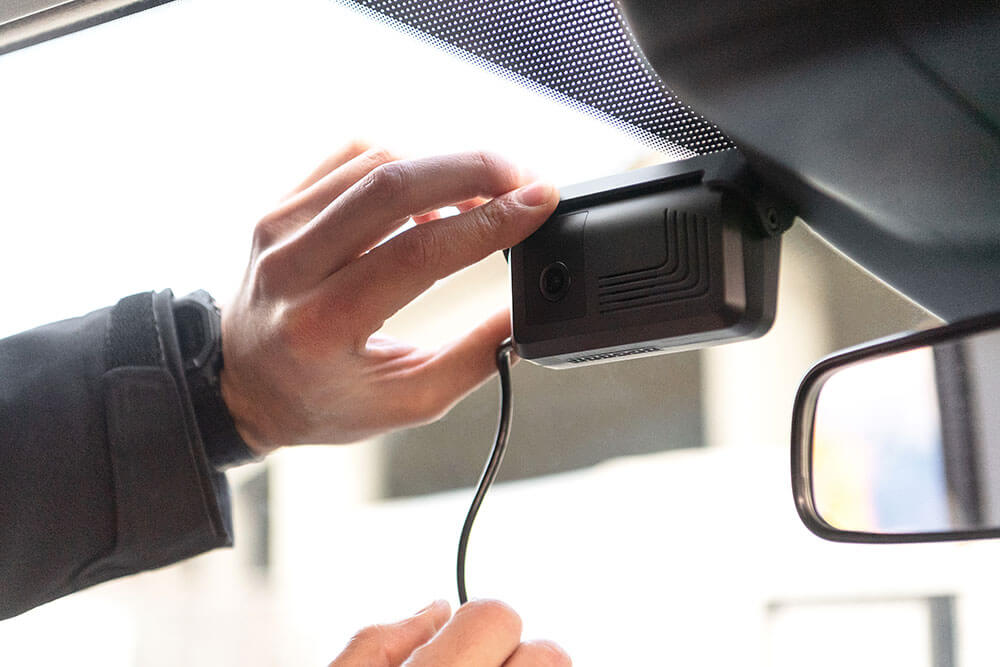
High-Definition Video Quality:
Modern driver-facing cameras are equipped with high-definition video capabilities, offering clear and detailed footage. This advancement enhances the accuracy of incident analysis and driver performance evaluation.
Real-Time Alerts:
Some driver-facing cameras feature real-time alert systems that notify drivers and fleet managers of unsafe driving behaviors, such as sudden braking or lane departures. These alerts enable immediate corrective actions and enhance safety.
Integration with Fleet Management Systems:
Driver-facing cameras are increasingly integrated with fleet management systems, allowing for seamless data analysis and reporting. This integration provides comprehensive insights into driving patterns and safety metrics, supporting more informed decision-making.
Challenges and Considerations:
Cost of Implementation:
The initial cost of installing driver-facing cameras can be significant. However, the long-term benefits in terms of safety, training, and insurance savings often outweigh the initial investment.
Driver Acceptance:
Some drivers may have concerns about privacy and the potential for being constantly monitored. Clear communication about the benefits of driver-facing cameras and how the data will be used can help address these concerns and foster acceptance.
Data Management:
Managing the large volumes of data generated by driver-facing cameras requires robust systems and processes. Companies need to invest in data storage, analysis, and security to effectively utilize the information captured.
FAQ’s:
1. What are the benefits of driver-facing cameras in trucking?
Driver-facing cameras enhance safety by monitoring driver behavior, improve training with detailed feedback, and assist in managing insurance claims with clear evidence.
2. Which major trucking companies use driver-facing cameras?
Companies such as Schneider National, J.B. Hunt, Swift Transportation, CR England, and Werner Enterprises utilize driver-facing cameras.
3. How do driver-facing cameras work?
They record the driver’s actions, detecting distractions, fatigue, and ensuring compliance with safety protocols, providing valuable data for performance evaluation.
4. What are some technological advancements in driver-facing cameras?
Advancements include high-definition video quality, real-time alerts for unsafe driving behaviors, and integration with fleet management systems for comprehensive data analysis.
5. What challenges are associated with driver-facing cameras?
Challenges include the cost of implementation, addressing driver privacy concerns, and managing large volumes of data generated by the cameras.
Conclusion:
Driver-facing cameras are transforming the trucking industry by significantly improving safety, training, and insurance management. Leading companies like Schneider National and J.B. Hunt are at the forefront of integrating this technology to enhance fleet operations. Despite challenges related to cost and privacy, the benefits of these cameras in monitoring and improving driver behavior make them a valuable asset in modern trucking.








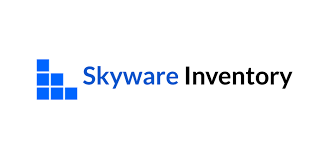




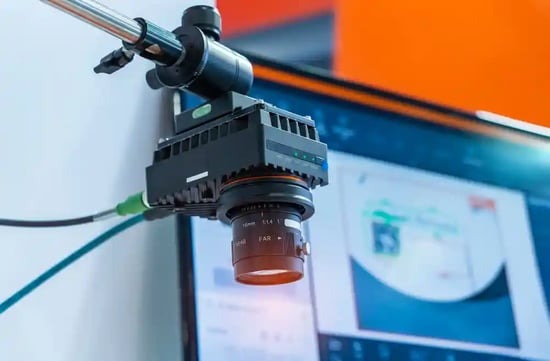


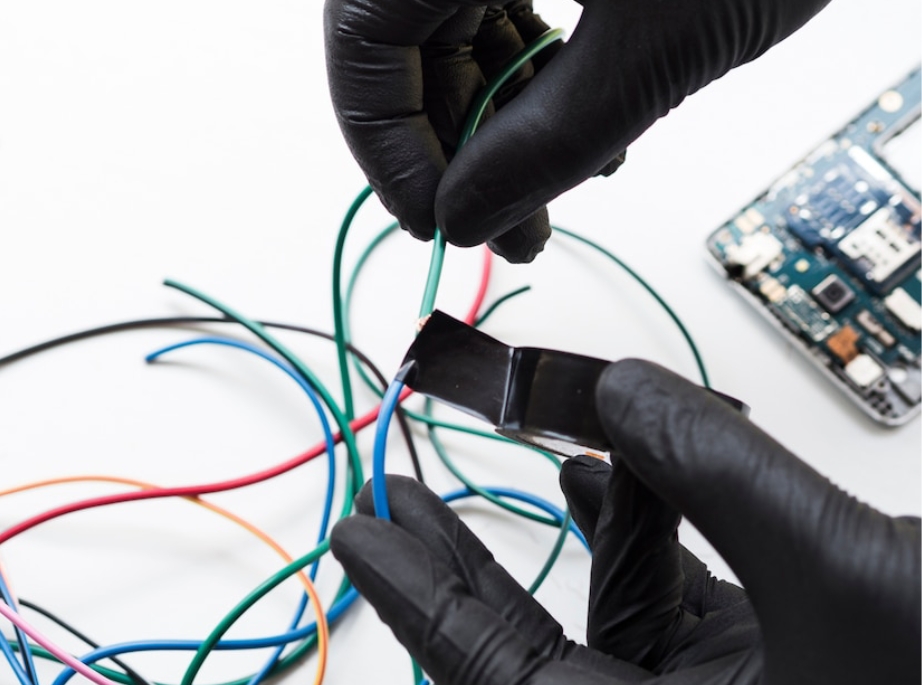




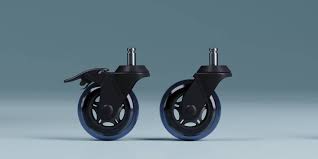






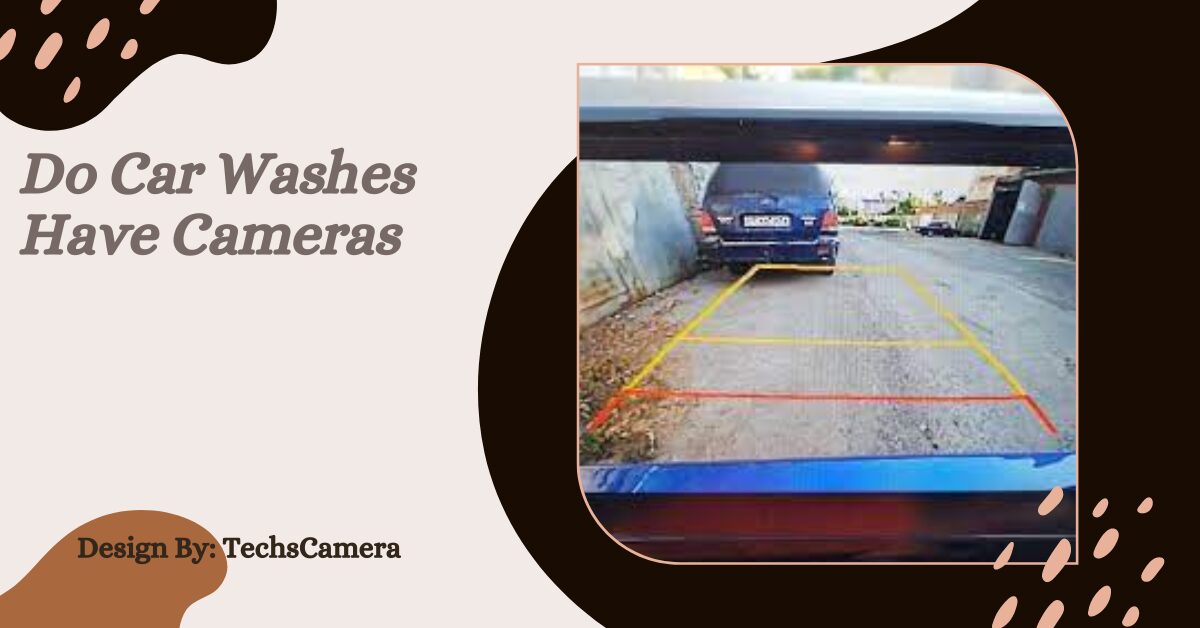





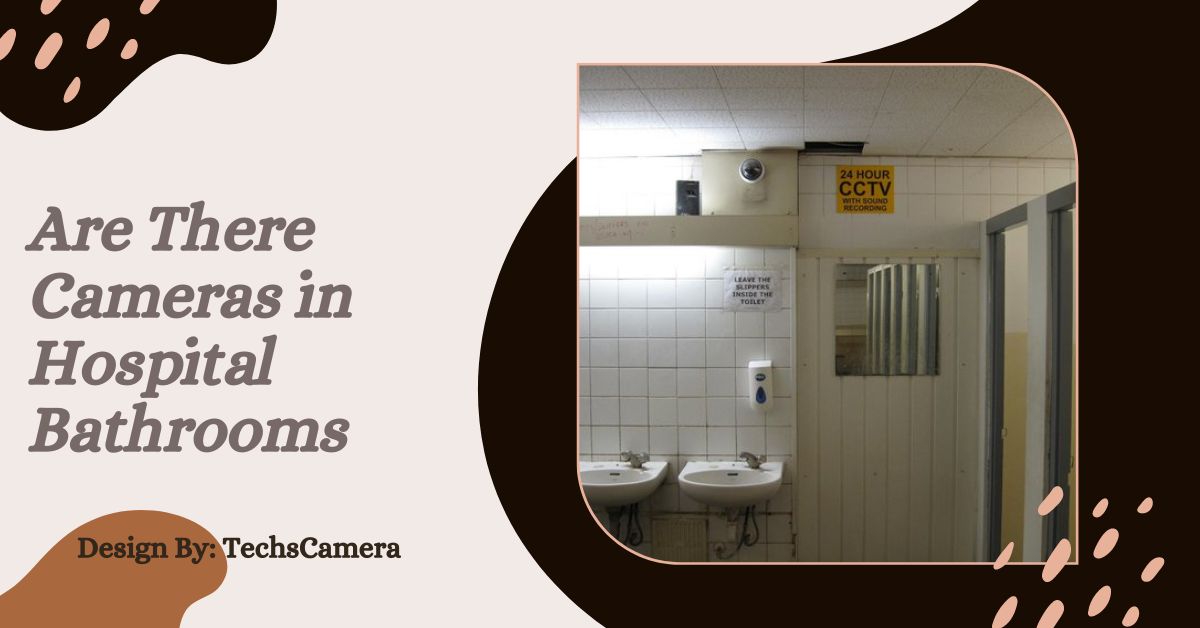
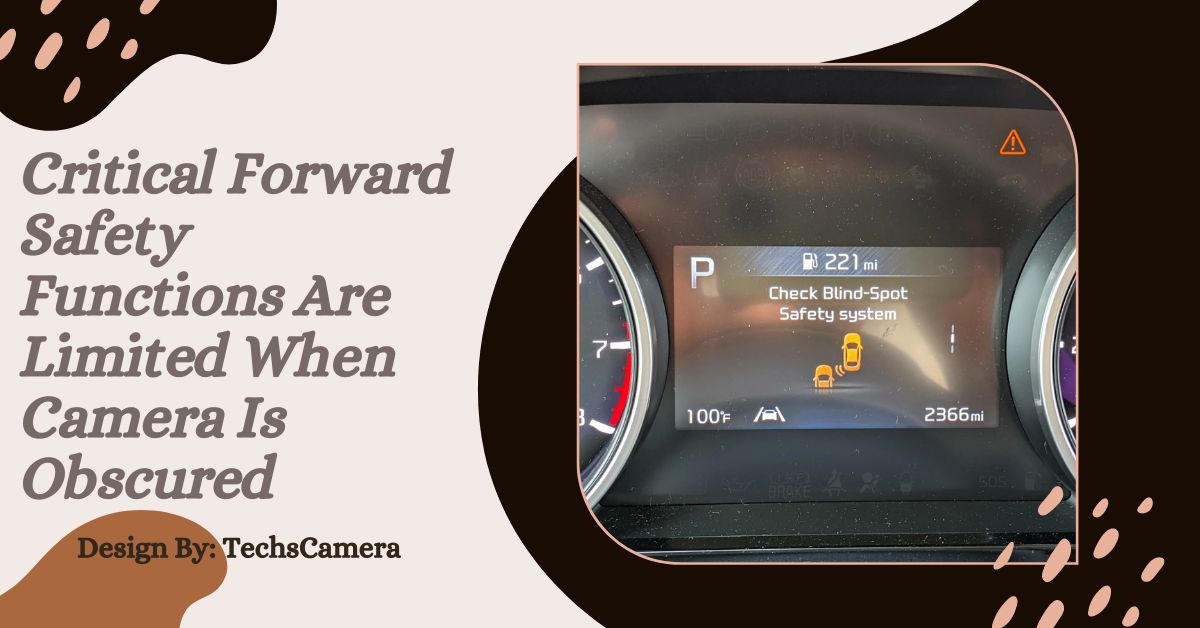
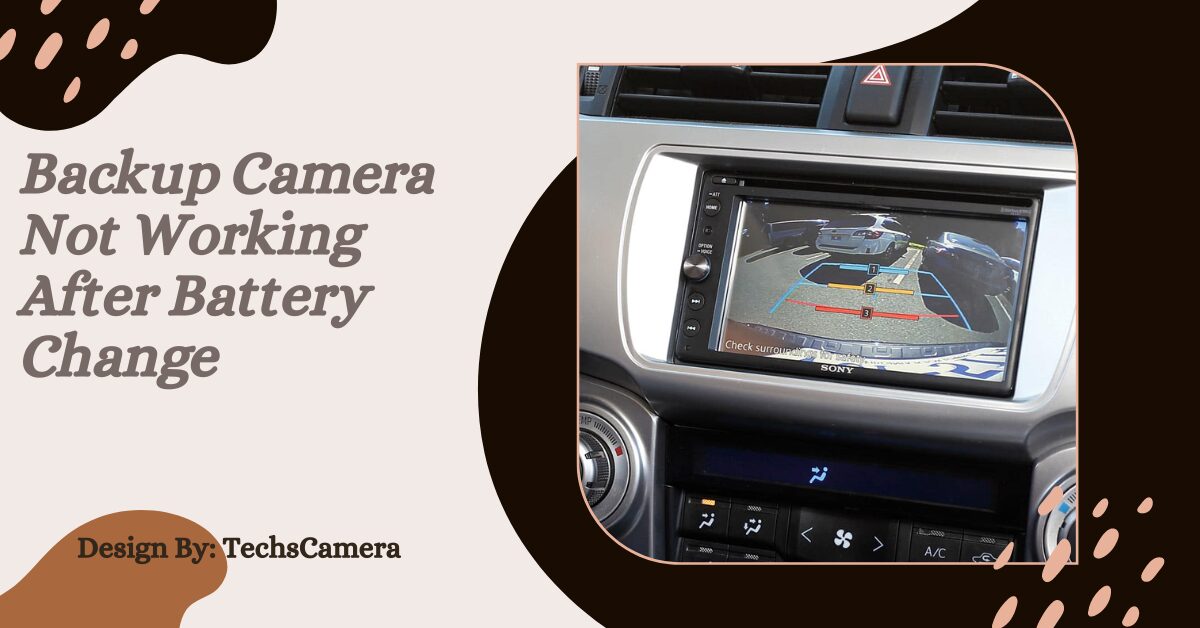






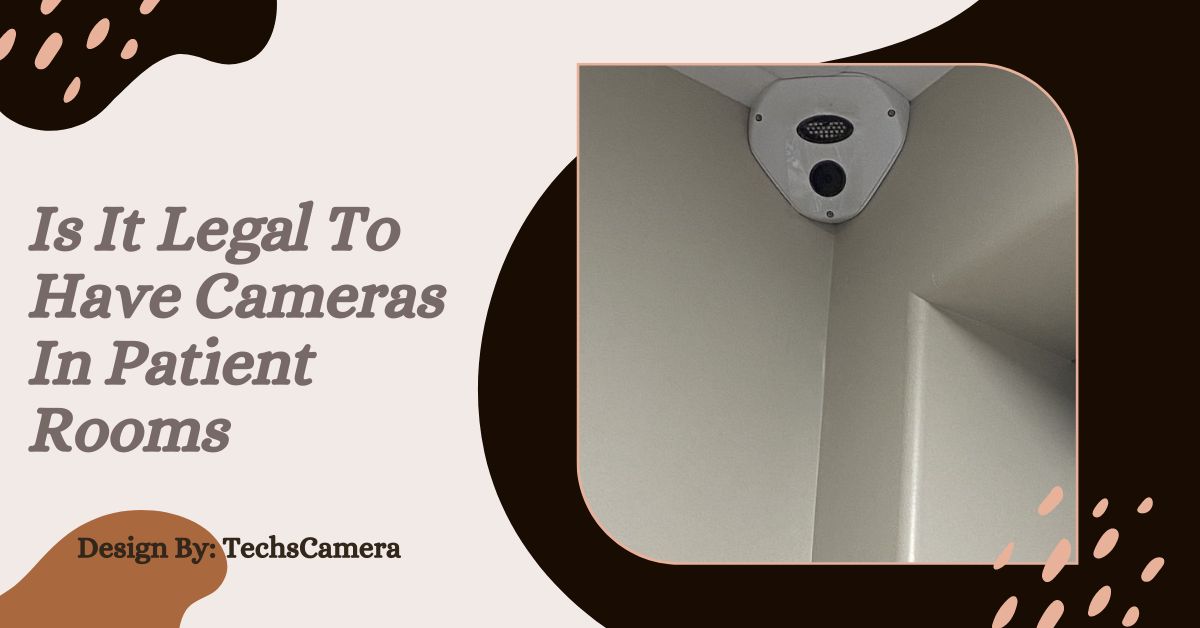

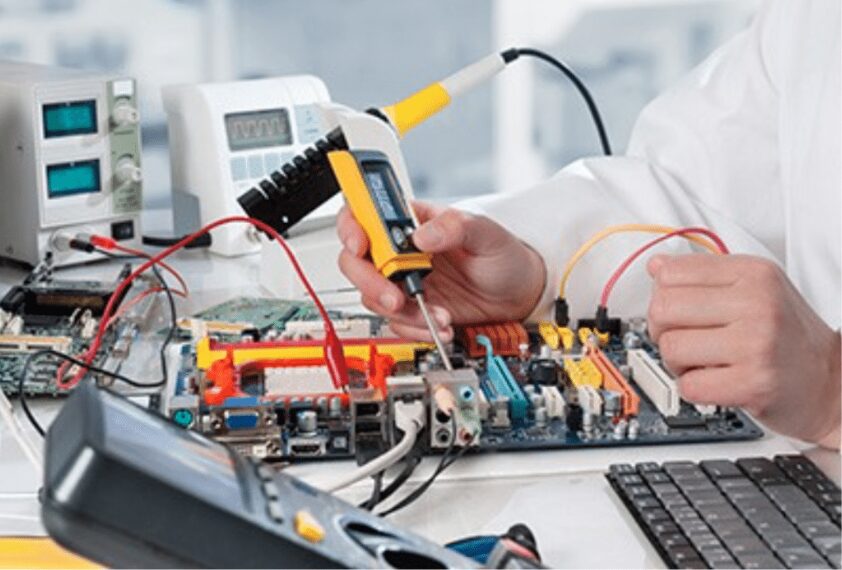
Leave a Reply